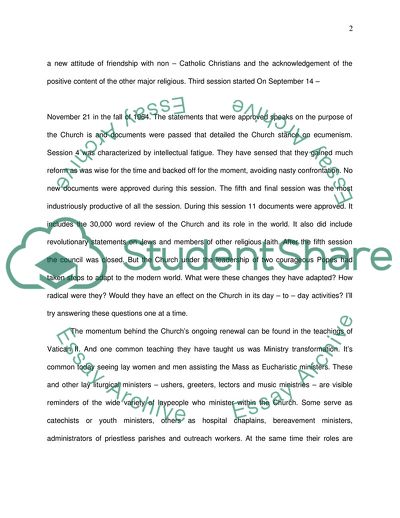Cite this document
(The 2nd Vatican Council: The History Term Paper, n.d.)
The 2nd Vatican Council: The History Term Paper. https://studentshare.org/religion-and-theology/1704256-vatican-ii
The 2nd Vatican Council: The History Term Paper. https://studentshare.org/religion-and-theology/1704256-vatican-ii
(The 2nd Vatican Council: The History Term Paper)
The 2nd Vatican Council: The History Term Paper. https://studentshare.org/religion-and-theology/1704256-vatican-ii.
The 2nd Vatican Council: The History Term Paper. https://studentshare.org/religion-and-theology/1704256-vatican-ii.
“The 2nd Vatican Council: The History Term Paper”. https://studentshare.org/religion-and-theology/1704256-vatican-ii.


